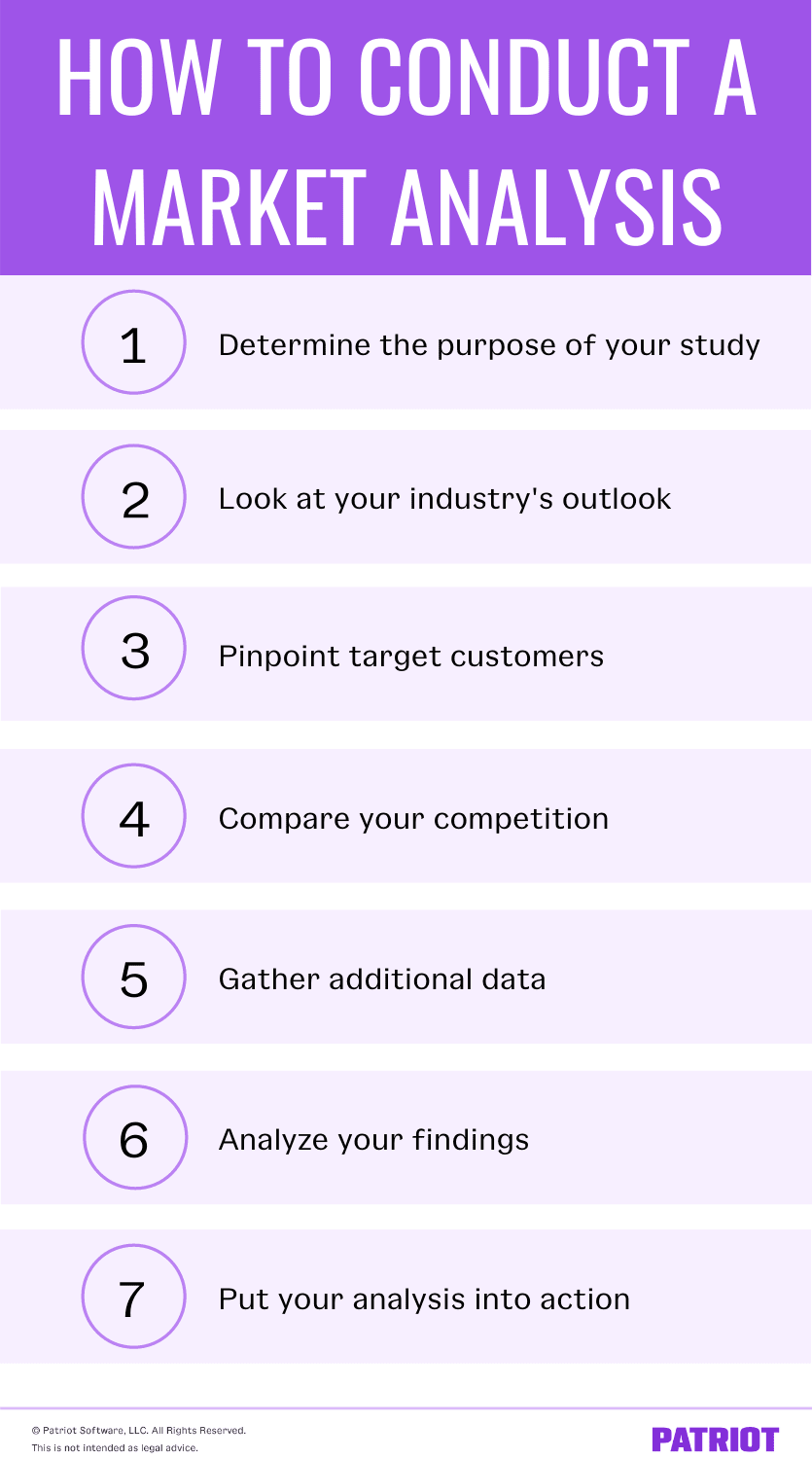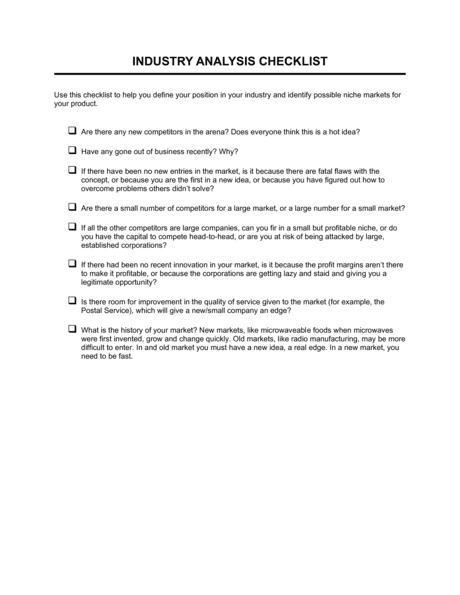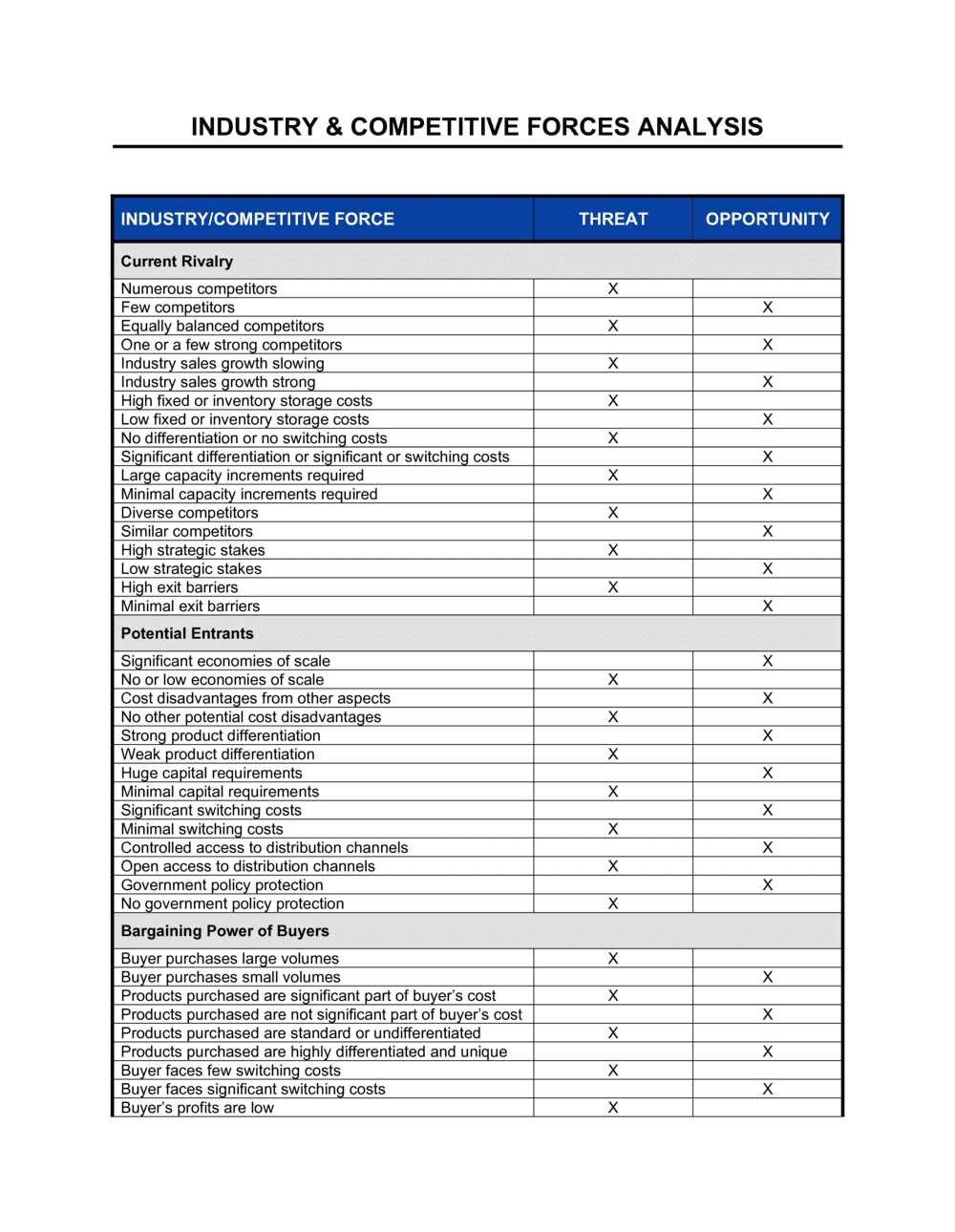Business In A Box Competitors
I have been using Business-in-a-Box for over 9 years and the service that I have received so far has been exceptional. When ever there is a problem and I contact them directly, the staff are very helpful and courteous. The documents on Business-in-a-box are always updated and cover every type of business needs. Band-in-a-Box (sometimes referred to as Band in a Box, BIAB) was added by Vikash in Mar 2012 and the latest update was made in May 2020. The list of alternatives was updated Sep 2020. It's possible to update the information on Band-in-a-Box or report it as discontinued, duplicated or spam.
- Business In A Box Competitors Reviews
- Business In A Box Competitors Like
- Business In A Box Competitors Magazine
- Business In A Box Competitors Review
COVID-19 alert: Read about changed restrictions for businesses in Greater Brisbane from 6pm, Monday 11 January.
Growing your business without understanding your competitors is risky. Market research can prepare you for changing markets and prevent your business being left behind by the competition.
Conduct market research
Market research involves collecting and analysing information about your market, including your customers and competitors. It is vital to research any new market you are moving into to avoid wasting time and money on failed projects.
Business In A Box Competitors Reviews
There are 3 main ways to conduct market research:
- desk research — using existing information from the internet and industry associations
- field research — gathering the information yourself using surveys, questionnaires and other research tools
- commercial agencies — hiring external organisations that carry out the research for you.
Learn more about researching your market.
Assess what competitors offer
Researching your competitors is easier than it may seem — for example, you can simply collect any flyers and price lists they produce for customers, read their online material, or even buy their products and services to compare them with your own.
Analyse what they do better than you:
- Are their prices lower?
- Are their products of a higher quality?
- Is their customer service highly regarded?
- Is their marketing material more engaging?
Ask yourself these questions to see where you can improve. Being critical of your own business and taking inspiration from your competitors can help you be more competitive.
Undertake a competitor profile.
SWOT analysis
A SWOT analysis can be a useful way to assess where you stand in your market in relation to your competitors. It is a common and easily used business analysis tool. A SWOT analysis can help you to:
- build on strengths (S)
- minimise weaknesses (W)
- seize opportunities (O)
- counteract threats (T).
Also consider...
- Learn about how to understand your competitive advantage.
- Conduct customer research to make sure you know who is buying your goods or services.
- Find out about research resources for business and industry.
- Use our free market research kit to further understand your competitors.
- Last reviewed: 17 Jul 2017
- Last updated: 27 May 2020
Coronavirus (COVID-19) business support: 1300 654 687
General enquiries: 13 QGOV (13 74 68)
Jul 24
Back To Home
Porter’s Five Forces of Competition
See also:
SWOT Analysis
Threat of New Entrants
Supplier Power
Buyer Bargaining Power
Threat of Substitutes
Intensity of Rivalry
Complementors (Sixth Force)
Marketing Mix (4 P’s of Marketing)
Porter’s 5 forces framework is used for strategic industry analysis. It was developed in 1979 by Michael Porter, Harvard Business School professor. Michael Porter’s five forces of competition can be used to examine and analyze the competitive structure of an industry by looking at 5 forces of competition that influence and shape profit potential. Furthermore, Porter’s five forces of competition have become a central concept to business theory.
Porter’s 5 forces industry analysis does more than look at a company’s direct competitors. It looks at multiple aspects of the industry’s competitive structure and economic environment, which includes the bargaining power of buyers, the bargaining power of suppliers, the threat of new entrants, and the threat of substitute products. The idea is to look at each of these factors and determine the degree to which they increase competition in the industry. If the forces are strong, then they increase competition. Whereas if the forces are weak, then they decrease competition. Porter’s five forces definition can be utilized by any business. In addition, it can be applied to any industry.
Download the External Analysis whitepaper to gain an advantage over competitors by overcoming obstacles and preparing to react to external forces, such as it being a buyer’s market.
Environment of Industry
The competitive environment of an industry has a strong influence on the performance of businesses within that industry. Porter’s five forces defined whether an industry is attractive or unattractive from the perspective of a company competing in that industry. Porter’s 5 forces of competition provide an excellent method to consider an industry before entrance.
An attractive industry is one which offers the potential for profitability. If a company uses Porter’s 5 forces industry analysis and concludes that the competitive structure of the industry is such that there is an opportunity for high profits, then the company can elect to enter that industry or market. Or, if the company is already competing in that industry or market, then it can use the competitive forces Porter created to determine its optimal position within the marketplace.


An unattractive industry is one which does not offer the potential for profitability. If a company uses the five forces Porter created and concludes that the competitive forces in the industry are too strong or unfavorable, then that company may choose not to enter that industry or market. Or, if the company is already competing in that industry or market, then it can use Porter’s 5 forces model to find the best possible strategic placement in it.
5 Forces of Competition
Michael Porter’s 5 competitive forces:
- Intensity of rivalry among competitors
Sixth Force
Sometimes a sixth force is added to the competitive forces Porter conceptualized. The model is called Porter’s Six Forces. The sixth force of competition is:
6. Complementors
[box]As you’re evaluating your competition using Porter’s five forces of competition, don’t skip evaluating all external factors that can impact and potentially destroy your company. Download the External Analysis whitepaper to learn how to start.[/box]
Porter’s Five Forces Example
Analyzing Porter’s five forces example does not always yield a simple or straightforward evaluation of the attractiveness and profitability of an industry. Some of the forces may be strong, increasing competition and decreasing profit potential, while other forces may be weak, decreasing competition and increasing profit potential. The results may be conflicting and the interpretation depends on the particular business and the particular industry. However, for the sake of simplicity, there is an overall attractive industry structure and an overall unattractive industry structure. Porter’s five forces model is merely a framework.
According to Michael Porter’s five competitive forces industry analysis, an attractive industry has the following characteristics. The threat of new entrants is low. The bargaining power of suppliers is weak. Then the bargaining power of buyers is weak. The threat of substitute products is low. Finally, the intensity of rivalry among industry competitors is low. Complementary products or services are unavailable. If Porter’s forces of competition are as described above, then the industry is attractive and there is profit potential.
According to Porter’s 5 forces of competition, an unattractive industry has the following characteristics. The threat of new entrants is high. Then the bargaining power of suppliers is strong. The bargaining power of buyers is strong. The threat of substitute products is high. Finally, the intensity of rivalry among industry competitors is high. Complementary products or services are unavailable. If the forces of competition are as described above, then the industry is unattractive and there is limited profit potential.
Porter’s Analysis – Attractive Industry
The following indicates an attractive industry:
- Threat of entrants is low
- Threat of substitute products is low
- Bargaining power of buyers is low/weak
- Bargaining power of suppliers is low/weak
- Intensity of rivalry among existing firms is low
Porter’s Analysis – Unattractive Industry

The following indicates an unattractive industry:

Business In A Box Competitors Like
- Threat of entrants is high
- Threat of substitute products is high
- Bargaining power of buyers is high/strong
- Bargaining power of suppliers is high/strong
- Intensity of rivalry among existing firms is high
Porter’s 5 Forces Strengths
The 5 forces of competition is a strong tool for conducting an in-depth analysis of the competitive structure of an industry. Furthermore, Porter’s 5 forces model can be used to complement a SWOT analysis. In addition, the 5 forces framework is useful in strategic planning and can help a company determine whether or not to enter an industry or market by evaluating the potential for profitability.
Porter’s 5 Forces Weaknesses
Porter’s 5 forces of competition have a few weaknesses and limitations. First, the model underestimates the influence of a company’s core competencies on its ability to achieve profit. It, instead, assumes the industry structure is the sole determining factor. Then Porter’s 5 forces definition is difficult to apply to large multinational corporations with synergies and interdependencies achieved from a portfolio of businesses. Additionally, the five forces framework assumes there is no collusion in the industry. Finally, Porter’s analysis doesn’t consider the possibility of creating a new market.

As you use Porter’s five forces of competition to shape profit potential, it’s important to expand analysis by evaluating the entire external environment. Download the free External Analysis whitepaper to overcome obstacles and be prepared to react to external forces..
[box]Strategic CFO Lab Member Extra
Access your Strategic Pricing Model Execution Plan in SCFO Lab. The step-by-step plan to set your prices to maximize profits.
Business In A Box Competitors Magazine
Click here to access your Execution Plan. Not a Lab Member?
Business In A Box Competitors Review
Click hereto learn more about SCFO Labs[/box]
